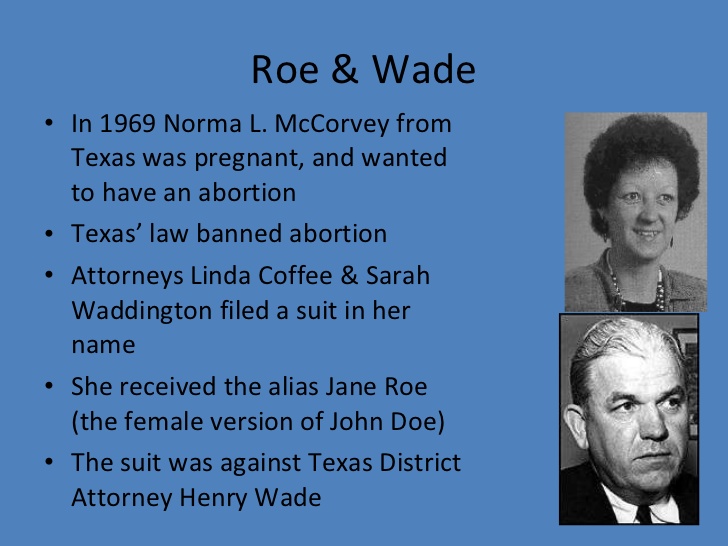

Jerry Falwell and many of his fellow southern, white, conservative pastors were closely involved with segregated schools and universities – Jones went so far as to call segregation “God’s established order” and referred to desegregationists as “Satanic propagandists” who were “leading colored Christians astray”. All they needed now was an issue that could be used to unify its disparate elements and draw in the rank and file.Īmong their core concerns was the fear that the supreme court might end tax exemptions for segregated Christian schools. They were determined to ignite a hyper-conservative counter-revolution. New Right leaders formed common cause with a handful of conservative Catholics, including George Weigel and Richard John Neuhaus, who shared their concerns, and drew in powerful conservative preachers such as Jerry Falwell and Bob Jones Sr. One thing that they were not particularly angry about, at least initially, was the matter of abortion rights. They were angry at establishment conservatives – the “Rockefeller Republicans” – for siding with the liberals they were angry about the rising tide of feminism, which they saw as a menace to the social order, and about the civil rights movement and the danger it posed to segregation. They were angry at liberals, who they believed threatened to undermine national security with their softness on communism. “We want change – we are the forces of change.” We are not conservatives in the sense that conservative means accepting the status quo,” Paul Weyrich said. “We are radicals who want to change the existing power structure. Paul Weyrich, Howard Phillips, Phyllis Schlafly and other leaders of this movement were dissatisfied with the direction of the Republican party and the culture at large. Phyllis Schlafly leads a crowd demonstrating against the equal rights amendment in 1976.


 0 kommentar(er)
0 kommentar(er)
